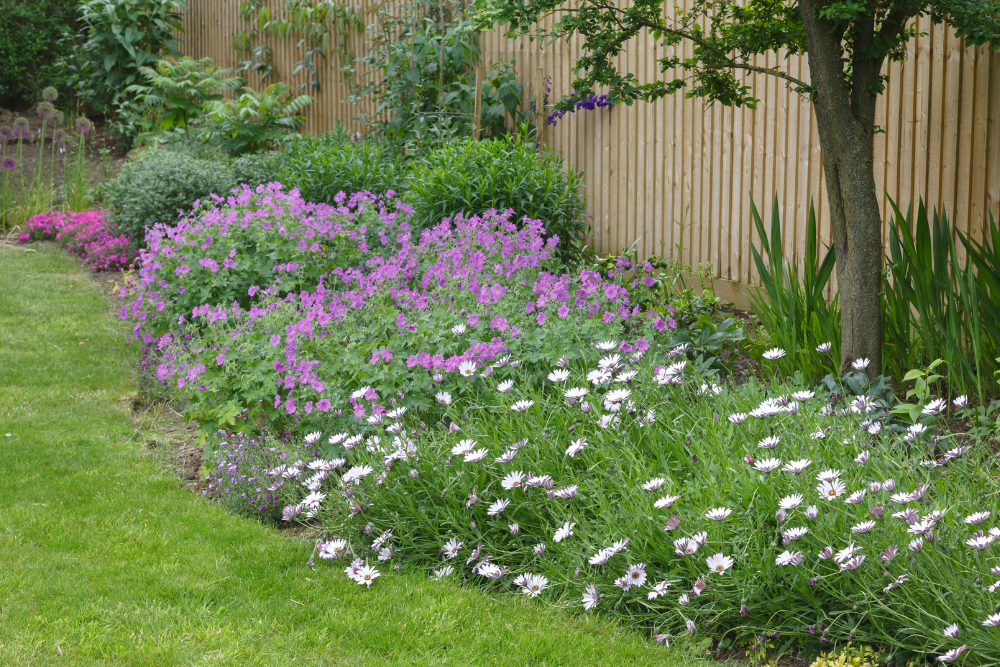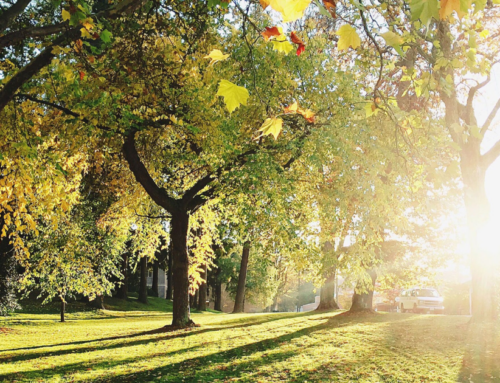Spring is the perfect time to breathe new life into your landscape with vibrant flowers, but when is the best time to plant flowers for spring in the Central Valley?
There’s more to successful planting than just digging a hole and putting a new plant in the ground. Here are some things to consider when determining the best time to plant your flowers:
1. Preparation Before Planting Flowers
Before diving into planting, it’s crucial to prepare your garden beds for optimal growth and health of your flowers. Preparation steps include the following:
- Soil Preparation. Test your soil pH and amend it as needed to create a fertile and well-draining environment for your flowers.
- Weed Removal. Clear out any existing weeds or debris from the planting area to prevent competition for nutrients and water.
- Bed Edging. Define the borders of your garden beds to create a neat and organized appearance while preventing encroachment of grass or weeds.
2. Weather Conditions
California’s Central Valley is primarily classified as being in USDA Hardiness Zone 9. Here, spring brings mild temperatures and gradually increasing daylight hours, which provides favorable conditions for flower planting.
Aim to plant flowers after the threat of frost has passed and soil temperatures have warmed up, typically in late winter to early spring.
3. Flower Selection
Hardiness Zone 9 is characterized by mild winters and hot summers, making it conducive to a wide range of flower varieties. Popular flower choices for Zone 9 include petunias, marigolds, zinnias, and snapdragons, among others.
Be sure to think about the specific microclimate of your garden when selecting which flowers to plant. Consider factors like sunlight exposure and soil moisture levels to ensure the flowers you choose will thrive where planted.
4. Additional Considerations
Here are a few other things to think about once you’ve determined the best time to plant flowers in spring and have proceeded with the actual planting:
- Watering. Provide adequate moisture to newly planted flowers, especially during the establishment period. Monitor soil moisture levels and water as needed to prevent drying out.
- Mulching. Apply a layer of organic mulch around your flowers to conserve soil moisture, suppress weeds, and regulate soil temperature.
- Fertilizing. Incorporate a balanced fertilizer into the soil or apply a slow-release fertilizer to provide essential nutrients for healthy growth.
Benefits of Professional Landscapers in Planting Your Spring Flowers
While planting flowers can be a rewarding DIY project, enlisting the expertise of professional landscapers offers several benefits, including:
- Expertise. Landscapers possess knowledge of local plant varieties, soil conditions, and optimal planting techniques to ensure the success of your flower beds.
- Time Savings. Professional landscapers handle all aspects of flower planting, from site preparation to maintenance, allowing you to enjoy a beautiful landscape without the time commitment.
- Customization. Landscapers work closely with you to design flower beds that reflect your aesthetic preferences, functional needs, and budget constraints.
Let Mike’s Evergreen Help You Transform Your Landscape with Spring Flowers!
Elevate your outdoor space with stunning flower beds that bloom with color and vitality. At Mike’s Evergreen, our team of professional landscapers specializes in creating beautiful and sustainable landscapes tailored to your unique vision.
From flower planting to comprehensive landscape design and maintenance, we’re here to bring your dream garden to life.
Contact us today for a consultation and to get started.
Have more questions about landscaping? Check out our Landscaper FAQ’s for more information.








